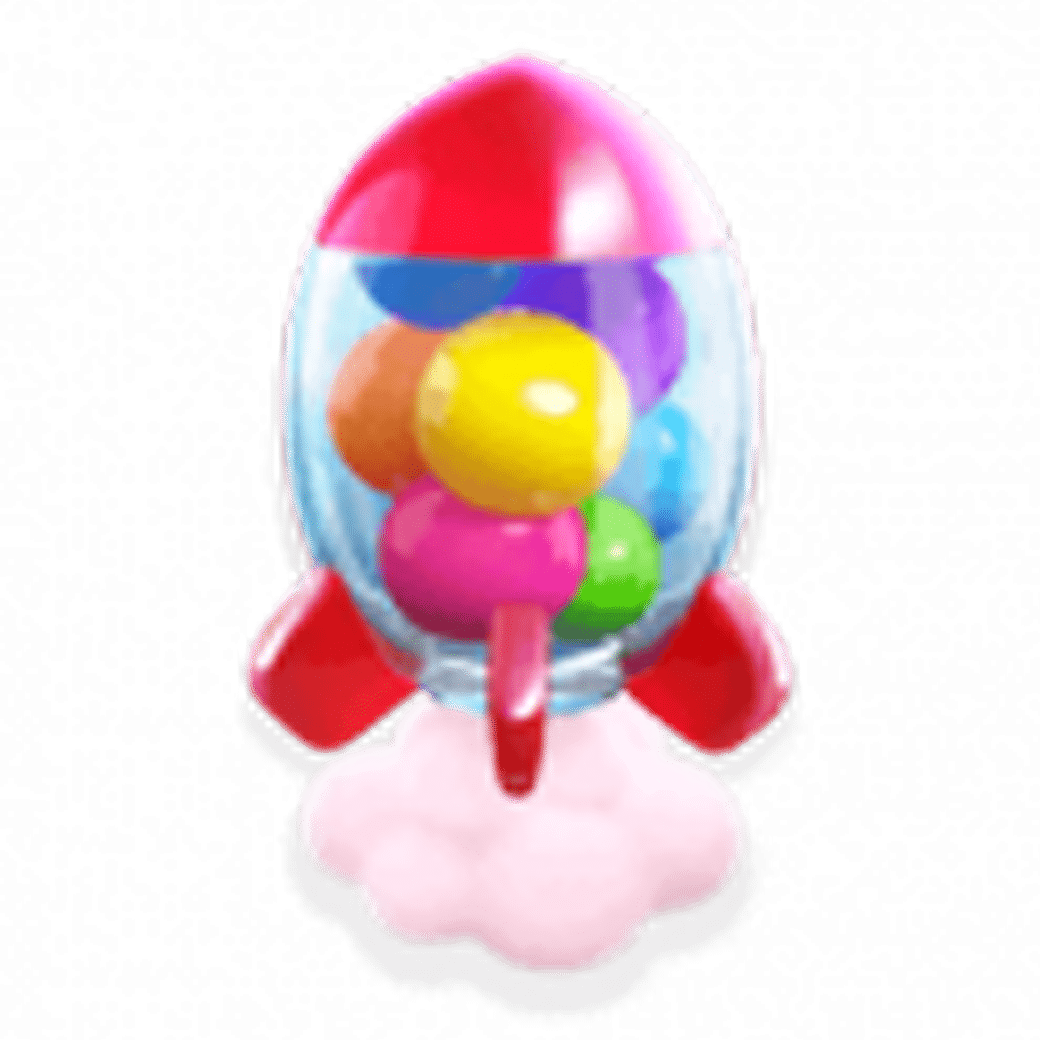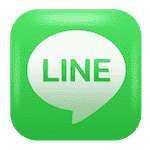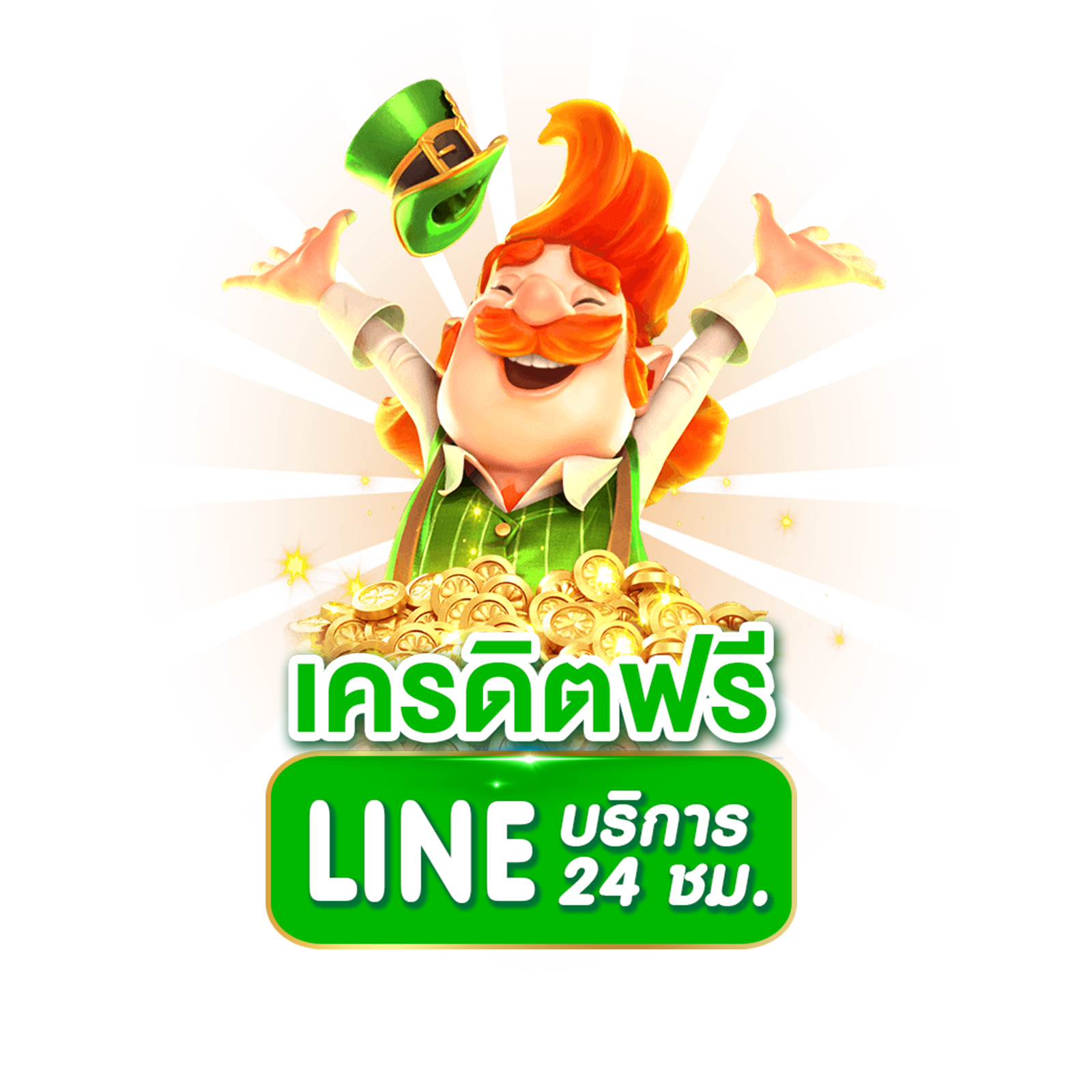How to Use Chatbots to Improve Recruiting
Recruitment Chatbot Ultimate Guide + 2023 Recommendations
Recruitment chatbots are beneficial for anyone who chooses to incorporate them into their overall recruiting process. It’s also important to recognize that not all chatbot technology is created equal. Low-quality technology could mean that a chatbot would have a hard time answering common questions or respond inappropriately.
Before getting started with a recruitment chatbot and instant messaging for the first time, take a look at our seven top tips for making the most of your new tech. This helps the company spot repeating questions and train Tess to answer them, ensuring constant improvement of its service and a better employee experience. Without chatbots, remote workers might have to book physical meetings with HR. Instead, they can simply ask a chatbot a few questions from wherever they work, saving time and admin.
Live Recruiter’s hybrid software and services solution combines the best in AI recruiting chatbot technology with our team of trained recruiters. Essentially, adopting a recruiting chatbot or similar tool can support your company’s hiring process. After all, increased efficiency and less time screening unqualified candidates during the initial stages can mean more time for your team to focus on what’s important. Then, deploy your recruiting chatbot anywhere… SMS, Facebook, ATS with 24/7 availability. Recruitment chatbots improve the candidate experience and help HR increase employee engagement by eliminating friction and reducing response times to zero through the power of artificial intelligence.
Chatbots can converse with candidates, but there is a lack of emotional intelligence. Utilize them for initial screenings, but a recruiter or HR manager should conduct the interview to learn more about the candidate. Chatbots are great for simple questions and querying databases, but they have challenges with complex questions. When scenarios require critical thinking and problem-solving, the chatbot can get stuck. In recruiting, there is a phase of information gathering, which the chatbot can help with, but assessing qualifications or asking follow-up questions to clarify information would be tricky. Finally, a chatbot for recruiting can be another source to gather data when calculating broader recruiting metrics, like the source of hire and reach for hire.
How does it improve the hiring process?
This expedites communication between candidates and employers, giving both parties flexible ways to interact during the job search. During the hiring process, candidates invariably have many questions, ranging from job responsibilities and compensation to benefits and application procedures. Recruitment chatbots step in here, providing quick and accurate responses to these frequently asked questions. Available 24/7, they ensure that candidates can receive timely answers outside of standard business hours, enhancing the overall candidate experience. Recruitment chatbots are emerging as key players in transforming the hiring process.
It can also integrate with popular messaging platforms, such as WhatsApp, SMS, and Facebook Messenger. Also, a chatbot can be available 24/7, which means that candidates can interact with it at any time of day or night. This can be especially helpful for candidates who are busy during normal business hours. After all, the recruitment process is the first touchpoint on the employee satisfaction journey. If you manage to frustrate them before you hire them, they aren’t likely to last long.
Frequently asked questions (FAQs)
With Chatbot API, interview scheduling becomes seamless as chatbots sync with recruiters’ calendars, suggesting convenient time slots and enhancing overall efficiency. The integration also extends to conducting pre-employment assessments, empowering recruiters with data-driven insights into candidates’ skills and aptitude. The best chatbots for recruiting are the ones that solve your specific recruiting process for your candidates, your specific company workflows, and integrate into your existing ATS and technical stack. In nearly all cases, chatbots are customizable, so the best chatbot for your recruiting process and your candidate experience is the one that can be configured for your recruiting needs. Below are several recruitment chatbot examples as well as companies using chatbots in recruitment and how they’re implementing automation.
The chatbot poses questions to learn more about the job seeker and offers details about open vacancies. Additionally, the chatbot might offer URLs to websites and application forms. Personalize engagement with AI-driven job recommendations based on candidates’ skills, experience, and location. Reduce drop-off with live chat and trigger-based communication throughout the talent journey. Some chatbots offer features to track and optimize the return on investment (ROI) of the recruitment process.
From digital applications to virtual job fairs and interviews, chatbots enable a paperless workflow that not only streamlines operations but also falls in line with sustainability goals. Whether it’s answering FAQs or explaining company values, chatbots maintain your brand’s integrity by providing uniform and accurate responses. Whether it’s a seasonal hiring surge or long-term growth, chatbots provide the flexibility to manage varying volumes of candidate interactions efficiently. Recruiting chatbots streamline processes and significantly reduce time-to-hire.
Built with candidate experience in mind, this conversational AI tool schedules interviews, gives insights into company culture, and updates applicants. Go beyond a standard chatbot with our proprietary Natural Language Processing and Understanding. Enable meaningful, human-like conversations with candidates and answer questions, explain benefits, provide status updates, and more — any time, on any device. Chatbots can integrate seamlessly with an ATS to enhance the recruitment process. Take it from our mini-guide and ace recruitment with the power of recruiting chatbots right up your sleeves.
Candidates will also be impressed by the ability to pursue career opportunities on their favorite channels and through their smartphones, no matter where they are. A chatbot is a computer program that’s designed to mimic regular human conversation. They can be installed to function on a website, but they can also be used through other communication channels like SMS and social media chatbot recruiting messaging services. Build talent pipelines, engage candidates with multi-channel marketing campaigns, and use machine learning to automatically surface the right talent for the job. If you use your chatbot for candidate screening, as we touched on in item #5, you can analyze trends to identify if an outsized number of interested candidates are falling short of your requirements.
We’re just getting started – below, we show you why this HR technology is so important and how to use chatbots for the best. Research states that 36% of HR managers spend three to four hours daily on repetitive admin.[1] That’s time that could be better spent on more meaningful tasks like candidate communication or onboarding recruits. The chatbot will need to be programmed with the questions after they have been produced.
It’s nearly impossible for a human recruiter to be available 24/7, giving another edge to HR chatbots. These AI-based recruiting bots assist employees and candidates at any time of the day, even outside of regular business hours. HR chatbots can handle repetitive and routine tasks, such as answering frequently asked questions and scheduling interviews, allowing recruiters and HR team members to focus on more complex and strategic tasks. MeBeBot is an AI intelligent assistant that automates answers to employee questions and communications for HR, IT, and Operations teams.
It’s a great tool for brainstorming a set of interview questions for a specific job posting. One of the most time-consuming parts of a job application is writing a cover letter. Prospective employees may choose to use ChatGPT to help them create these letters faster, so they can apply for more jobs in a day. We have built a recruitment chatbot and attached it to our career website with the help of a website widget. In this article, I want to share how Trengo’s chatbot can help you engage your candidates better and compel them to join your company. The candidate’s pre-employment experience influences their decision to take up the job offer and their level of job satisfaction afterward.
This is a great tactic for Retail, Hospitality, and other part-time hourly positions. With near full-employment hiring managers need to make it easy for candidates to apply for positions. Typical in-store recruiting messaging sends candidates to the corporate career site to apply, where we know 90% of visitors leave without applying. With a text messaging based chatbot, candidates can start the recruiting process while onsite, by texting the company’s chatbot.
Text chat and chatbots are now an important part of the recruiting process, as they can help to engage candidates more effectively and find talent more efficiently. After they’ve been used for a while, recruiting chatbots become a treasure trove of valuable information about your recruiting audience. Based on their queries, you can find out which questions candidates ask most frequently and identify opportunities to add more helpful information to your Careers page. Their interactions can also tell you which of your positions candidates tend to be most interested in. ”, you can build your knowledge of a candidate and start the screening process immediately.
Deliver tailored technology experiences that delight users and power your talent transformation with the iCIMS Talent Cloud. Simplify how you recruit finance, insurance, and banking candidates with a unified platform built to match top talent with hard-to-fill roles. Communicate collectively with large groups of candidates and effectively tackle surges in hiring capacity. Select the right candidates to drive your business forward and simplify how you build winning, diverse teams. Olivia is a cloud based software followed with an app for both iOS and Android.
Recruiting chatbots also provide a quick and easy way for candidates to give feedback and answer survey questions. This is especially important if you’re looking to dig into the data surrounding digital experience and engagement with your company. For example, you might refer to an HR or recruitment chatbot to determine how potential hires perceive your company’s application and interview processes.
Worldwide cloud service spending to grow by 20% in 2024.
These chatbots can use in-depth assessments to evaluate a candidate’s personality traits, communication skills, and problem-solving abilities. It also has a crowdsourced global knowledge base of over 300 FAQs you can edit and customize to fit your business policies and processes. With its support for multiple languages and regions, MeBeBot is also a great fit for companies looking to hire a global workforce. That said, it might be overkill for organizations with a low hiring volume or a simple hiring process. Organizations that prefer other communication channels like email or phone calls may also find it unsuitable. Chatbots help filter applications by comparing each candidate’s qualifications and skill set required for the post.
Klarna froze hiring because of AI. Now it says its chatbot does the work of 700 full-time staff – Fortune
Klarna froze hiring because of AI. Now it says its chatbot does the work of 700 full-time staff.
Posted: Wed, 28 Feb 2024 11:13:00 GMT [source]
You can’t, say, rely on a chatbot to understand specific lifestyle or time off needs. Oracle claims that 64% of employees trust chatbots more than their managers, meaning they’re more likely to chat to AI first. Live Recruiter’s solution is easy to implement and completely customizable to meet your candidate sourcing, engagement, and hiring needs – while integrating seamlessly into your existing processes.
One application that I am very much looking forward to is a chatbot that can help new hires get onboarded more quickly. Data privacy should be the top priority when conducting hiring processes online. Keeping your candidates’ information secure is vital, but some chatbots may have risky implications. Do your due diligence when choosing a new tool, and look for high-quality, secure applications that will keep applicant information under lock and key. Finally, self-service tools can also be used to schedule follow-up interviews with candidates.
While chatbots may still begin with a predefined set of data, like a list of frequently asked questions, they can now “learn” at an astounding pace. They use artificial intelligence to pull insights from past conversation logs, harness information databases like user manuals, and use natural language processing to understand better what users are asking. For example, natural language understanding would allow a chatbot to deduce that a user asking “Will it rain today? Symphony Talent offers an AI-powered chatbot that engages with candidates on the career site and assists with the application process.

With Sendbird’s new ChatGPT integration and chatbot API and chatbot UI, you can now build your own ChatGPT chatbot in minutes. This is a company charged with recruiting hundreds of sales positions, amounting to 5,000 applications and 1,000 scheduled calls each year. This strategy helps you make learning and development part of employee self-service. They can explore career development opportunities in their own time, track scores, and check in with HR to check progress. While planning and beta testing, carefully consider the legal ramifications of using chatbots. We advise you to do so with your in-house legal department or with trusted experts externally.
Potential challenges in using a recruiting chatbot
To harness their full potential, integrate them thoughtfully into your hiring strategy. Begin by defining the chatbot’s role in your recruitment process, be it for initial candidate screening, scheduling interviews, or answering FAQs. Ensure it aligns seamlessly with your existing HR systems for a smooth workflow. Customize its interactions to reflect your company’s tone and values, making each candidate’s experience both personal and reflective of your brand. Regularly analyze the data and feedback it collects to refine your recruitment strategies.
Job seekers can message your chatbot and ask questions, just as they would in a human interaction. The chatbot then responds accordingly, providing information or carrying out actions like putting through a job application. As with everything in life, this whole phenomenon has its positives and negatives – depending on whom you ask. For us, recruiters, it means that it has been getting more difficult to hire talented people. We need to think of ways to engage better with potential employees and compel them to join us. Selecting the AI recruitment chatbot that will meet all the needs of your company is not an easy task at all.
For instance, this could lead to candidates who fit the job description well being passed over if their years of experience don’t quite line up with the requirements. Perhaps the chatbot may include applicants on its selection of the best prospects who do not uphold the company’s basic principles. In summary, while a recruiting chatbot can automate certain aspects of the hiring process, it cannot fully replace the role of a real person in recruiting. As the world becomes increasingly digitized, the use of chatbots in recruiting has become a popular trend. These automated tools can help streamline the recruiting process, save time, and improve the candidate experience.
- Good candidate experience is not only vital for the good name of the company but also important in recruiting the best talents.
- A chatbot can be programmed to ask candidates specific questions about their skills, experience, and career goals.
- Their interactions can also tell you which of your positions candidates tend to be most interested in.
- RadancyBot performs multiple functions including promoting your career events, answering candidates’ frequently asked questions, and routing qualified candidates to chat with the hiring manager.
- This means they’re able to update themselves, interact intelligently with users, and offer an overall candidate experience that is second to none.
A chatbot can be programmed to ask candidates specific questions about their skills, experience, and career goals. You can foun additiona information about ai customer service and artificial intelligence and NLP. This can help provide a more personalized experience for candidates and make them feel more engaged in the process. It can also be used to welcome potential applicants on your career site, thank them for applying, keep them updated on their application status and notify them of potential job offers or openings in the future. Career page Chatbot for recruitment engages with job seekers by providing answers to some helpful questions about the company’s values, vision, journey, and work culture. Applicants can directly upload their resumes on the career page and see the suitable open positions in the firm.
The answers they get are concise and objectively correct, and there’s no risk of bias or human error. Chatbots for HR increase employee engagement by answering questions on demand. When used as part of employee onboarding software, chatbots efficiently move people through recruitment funnels and give them more time to connect with others. HR chatbots use artificial intelligence, or AI, to read queries and data before giving relevant, automated responses. The recruiter can schedule an interview with the candidate if the chatbot finds that they are a suitable fit for the post. The recruiter can save time by not setting up an interview with the candidate, though, if the chatbot finds that they are not a good fit for the post.
Unintentional bias is deeply ingrained in human decision-making and it may be unconsciously leading to discrimination and inequity in hiring. While AI recruiting chatbots do not have any bias in their work they are consistent in applying the objective criteria and standards when they evaluate candidates. Alternatively, they focus only on the specified relevant qualifications and experiences listed in the job specifications.
- With the every evolving advancement of chatbot technology, the cost of developing and maintaining a bot is becoming more and more attainable for all types of businesses, SMBs included.
- Recruit Bot also provides access to a vast network of talent, making it a valuable resource for recruiters of all experience levels.
- By automating initial screenings and scheduling, they allow recruiters to focus on more strategic tasks.
- The company’s support team is highly rated, as is its dashboard’s ease of use and speed of contact with applicants.
- Brazen’s QuickChat and FAQ Concierge has earned a spot on our list primarily thanks to its ease of use and impressive video response functionality.
It’s especially useful for high-volume hiring scenarios where recruiters need to screen and schedule hundreds or thousands of candidates quickly and efficiently. In this article, we’ll delve into the top 3 best recruiting chatbots in 2023 to help you shortlist and hire the right candidates. Say you’re an international company with candidates applying from all over the world. It is impossible to keep staff working 24/7 and even more challenging to hire staff to support multiple languages. The chatbot can understand and answer questions in different languages, creating a fantastic first impression for candidates and allowing them to apply and communicate more freely. GPT AI takes chatbot interactions to a new level with human-like and personalized interactions.
Overall, we think Humanly is worth considering if you’re a mid-market company looking to leverage AI in your recruitment process. Humanly’s HR chatbot for professional volume and early career hiring is simple, personalized, and quick to deploy. You can automate tasks like screening, scheduling, engagement, and reference checks using this chatbot. Olivia performs an array of HR tasks including scheduling interviews, screening, sending reminders, and registering candidates for virtual career fairs – all without needing the intervention of the recruiter.
Today, there’s a wide variety of different touchpoints that candidates can use to apply for a job. Not everyone prefers or responds to phone calls, especially if you’re sourcing candidates in the Gen Z demographic. SMS text messaging and social media, on the other hand, tend to get more responses (and often, more quickly too). Once you’ve set up your chatbot, you can promote it to potential candidates through your company website and other digital channels like social media and SMS text messaging.
Ease of use helps uplift the overall experience, encouraging more candidates to engage and reducing the learning curve for recruiters. It is also advisable to include voice-enabled chatbot functionality for candidates who prefer speaking over typing. Recruiting chatbots are programmed to adhere to legal and ethical standards, particularly concerning data privacy and unbiased screening. By analyzing the language used, ChatGPT can flag gender-specific language or other potentially biased phrasing that may deter certain groups of candidates from applying.








